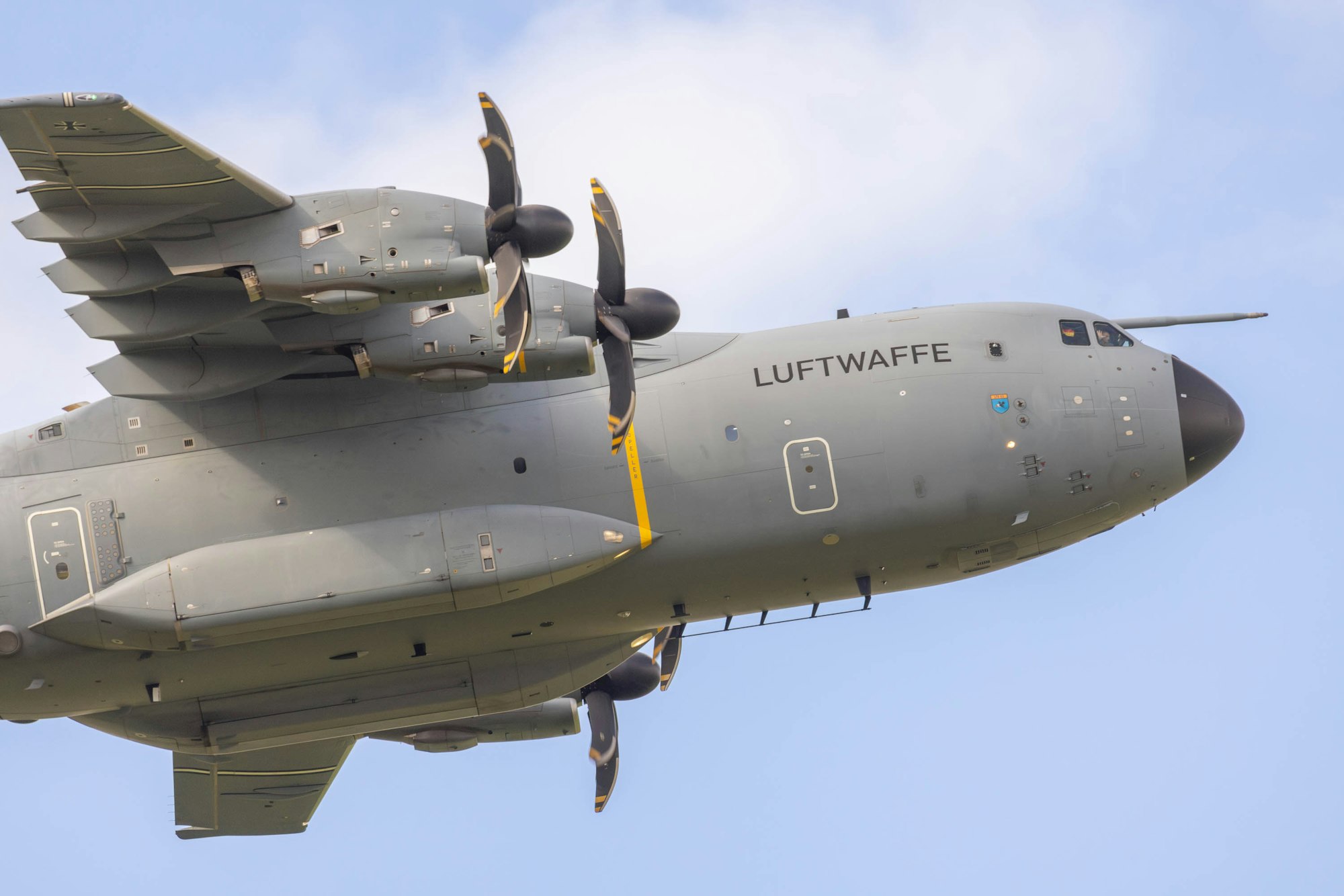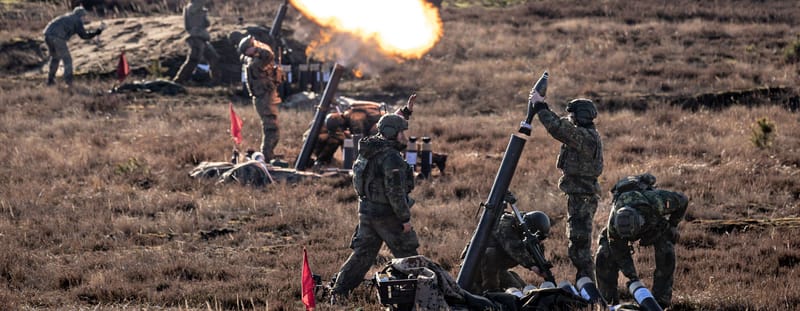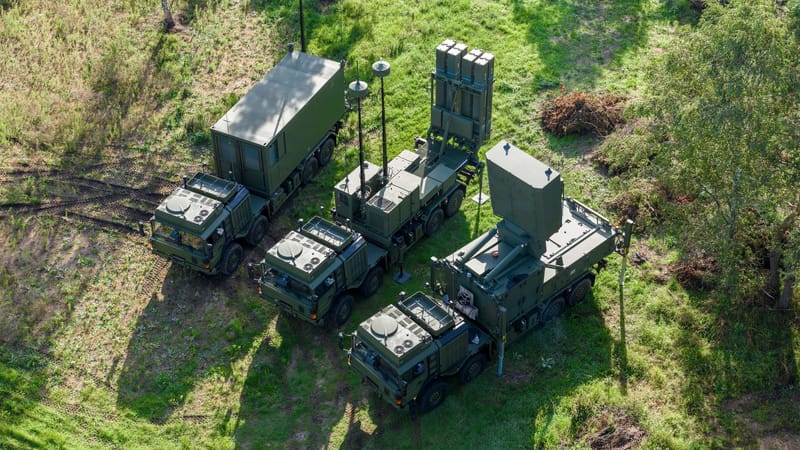German Foreign Intelligence Service (BND) Proposes ‘Euro Eyes’ – Intelligence-Sharing Alliance
BND president Bruno Kahl proposed 'Euro Eyes' as a European intelligence-sharing alliance to counter growing threats, focusing on cooperation in cyber defense, signals intelligence, and counterintelligence—positioned beyond NATO/EU frameworks, with broad German political support.
Grosswald Perspectives - Strategic Briefing

Published: March 24, 2025
By: Großwald - grosswal.dorg
Germany Floats “Euro Eyes” Intelligence Framework in Response to Russian Threats
The German Federal Intelligence Service (BND) has proposed the formation of a European intelligence-sharing alliance—informally referred to as “Euro Eyes”—in response to what Berlin identifies as a deteriorating security environment driven by Russian strategic behavior. In a recent statement, BND President Bruno Kahl described Russia as Germany’s “greatest threat,” underscoring the need to upgrade both national capabilities and pan-European coordination in intelligence and defense.
The proposal has drawn support from across Germany’s political spectrum, including Konstantin von Notz, Chair of the Bundestag Parliamentary Oversight Panel for intelligence services. Former BND directors have also expressed backing, while highlighting likely bureaucratic constraints.
The initiative, while still conceptual, would represent one of the most significant efforts to formalize intelligence cooperation among European states outside existing NATO and EU frameworks.
Background: German Strategic Reassessment
Since Russia’s full-scale invasion of Ukraine in 2022, Germany has undertaken a phased reassessment of its security, defense, and intelligence posture. The Zeitenwende (turning point) announced by Chancellor Olaf Scholz led to increased defense spending, but implementation challenges persist.
Kahl’s latest comments suggest an internal consensus is forming within Germany’s security establishment that Russia’s long-term strategy now includes undermining Western democratic institutions, engaging in cyber and disinformation campaigns, and challenging NATO's deterrence posture in Central and Eastern Europe.
In this context, Kahl argued for a “fundamental strengthening” of Germany’s intelligence services, including improved technological capabilities and increased integration with European partners.
Conceptual Outline of “Euro Eyes”
The proposed “Euro Eyes” alliance would aim to deepen cooperation among European intelligence services, particularly in signals intelligence (SIGINT), cyber defense, and counterintelligence. While still undefined in formal terms, the initiative appears to be inspired by the Five Eyes model—an intelligence alliance involving the U.S., UK, Canada, Australia, and New Zealand—which has historically been based on deep legal, linguistic, and strategic alignment.
According to von Notz, “European intelligence structures remain fragmented, and in many cases outdated. The goal must be to modernize and synchronize them in light of rapidly evolving threat vectors.”
The initiative is unlikely to be positioned as an EU project per se, given the sensitivities around sovereignty and data privacy, but may instead take the form of a coalition of willing among select European states with compatible legal systems and operational cultures.
Support from Former Intelligence Officials
Former BND heads Gerhard Conrad and August Hanning have expressed support for the initiative, with Conrad highlighting the strategic logic of greater European cooperation. Hanning noted, however, that any such framework will require careful design to avoid the bureaucratic inefficiencies that have historically affected joint European defense projects.
Hanning also emphasized the importance of operational trust between agencies—a factor that has often constrained intelligence sharing even among NATO allies.
Strategic and Operational Considerations
While the rationale for enhanced European intelligence coordination is clear, several issues would need to be addressed for “Euro Eyes” to be viable:
- Divergent threat perceptions across EU member states, especially between Western and Eastern Europe;
- Data protection laws, particularly under the GDPR framework, which limit certain forms of surveillance and information exchange;
- Varied intelligence capacities and budgetary allocations across states;
- Lack of a shared legal and operational doctrine, unlike the Five Eyes community.
Without resolution of these structural issues, any new framework risks being largely symbolic or duplicative of existing institutions.
Comparative Note: The Five Eyes Model
The Five Eyes alliance is based on decades of legal harmonization, operational integration, and cultural alignment among Anglophone states. It remains the most advanced intelligence-sharing network globally, supported by robust technical infrastructure and reciprocal access arrangements.
Efforts to replicate or adapt this model in Europe will face different legal and political constraints, including intra-EU data sharing limits and national intelligence sovereignty.
Nonetheless, strategic momentum may be shifting. Recent intelligence lapses related to Russian activities in Europe—such as sabotage plots, disinformation campaigns, and state-linked cyberattacks—have exposed the limits of current coordination mechanisms within both the EU and NATO.
More on the recent sabotage incidents in the Baltic Sea:

Editorial Perspective
While politically sensitive, the “Euro Eyes” concept reflects a growing recognition within Germany and elsewhere that Europe cannot indefinitely outsource critical national security functions. Enhancing intelligence coordination is not an alternative to NATO or transatlantic ties, but rather a functional necessity within a more contested European security landscape.
For Central and Eastern European states, many of which have long warned of Russian subversion efforts, such a framework—if well-structured—could finally offer the interoperability and responsiveness needed to address 21st-century threats. Whether Berlin is willing to operationalize this vision and navigate the political and legal trade-offs remains to be seen.
Conclusion
Germany’s proposal for a European intelligence-sharing alliance signals an evolving approach to continental security amid a more volatile geopolitical environment. While still conceptual, “Euro Eyes” could represent a pragmatic step toward more integrated and effective intelligence cooperation in Europe—provided the political, legal, and operational foundations can be established.
For military aspects of NATO and EU security policy, see the below category here on grosswald.org:

Related Topics
- Geopolitics and Arctic Shipping Lanes: NATO, China, Russia
- Strengthening EU Air Defense: NATINAMDS and ESSI Sky Shield
- Military Radar: From Early Systems to AESA and Quantum Architectures
- Germany’s Accelerated Military Procurement: What Went Well and What Not
- AI Defense Firms Collaborate to Dominate Pentagon Tech Sphere







